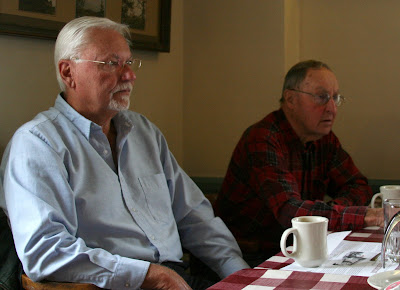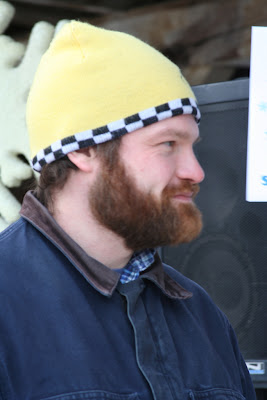This past Sunday we had a very special guest here in the Amana Colonies. Tomy Temerson, master zither player from Hanau Germany Community Church Museum Homestead German State Academy Hanau , Germany Midwest as part of the North America Zither Gathering and will be performing for the public again Saturday March 12th at at St. Ambrose in Davenport
The Amana Colonies’ relationship with the zither began in the very early 1900s, during communal times, when music clubs began to form. In the evenings men in these clubs would gather to play zithers, guitars, mandolins and other instruments. Through the 1920s and 1930s the zither became even more popular, there being upwards of 40 people in the Colonies who played. These musicians would mostly just get together to play for each other or play for small groups of friends. In the 1970s Willie Dietrich and his “Singing Zither” were popular in local restaurants. Willie even produced records and tapes of his zither playing that were sold in the Colonies. Today popularity in playing the zither has dwindled.
In the past few years we have been lucky enough to form a relationship with the Davenport German American Heritage Center Zither Ensemble and rekindle interest in the zither in Amana. The people of the Amana Colonies still love to hear the zither, whenever Tomy or the Davenport Zither Ensemble performs in town we have good attendance. After the performance there is always talk about the old days, about who performed what and where.
Though much of the zither music performed in the Colonies is German music, on Sunday Tomy performed music from Latin America and American jazz music. It was really interesting to hear the range of music types on the zither. If you missed the concert here are two video clips of Tomy playing (so you can hear what you missed out on).
The Davenport Zither Ensemble will be performing at the Homestead Church on May 15 if you would like to see the zither performed in person or go to Davenport this weekend and see Tomy and the Davenport Ensemble perform together!
Humming along in My Town: Amana Colonies
Brandi































